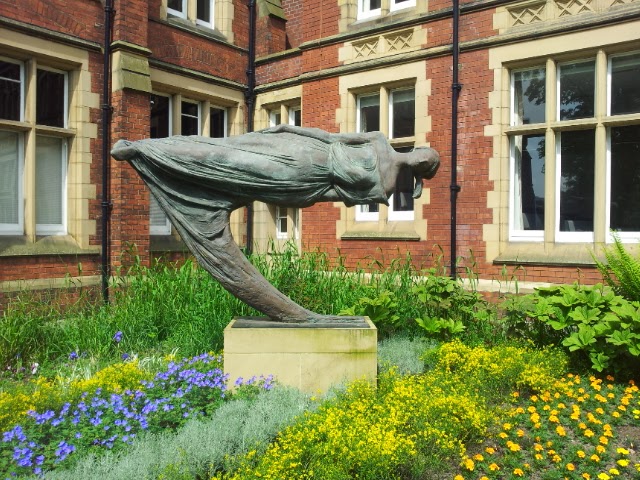It's been a great and hugely inspiring summer for me, with revisiting Bulgaria one of the highlights. I first went there just after the Berlin wall fell 20yrs ago with a friend, Elsa. I remember we were starving in a buffet-less train, so got off at random the next station called Kazenluk. Everyone was extremely friendly, so we soon got talking and were invited to stay the night. We did, and then stayed the rest of our holiday in Kazenluk. We've kept in touch with our good Bulgarian friends ever since, and went back this year.
Bulgaria has a long history as it was the first European country to be settled by humans 1.6 million years ago, the Thracians were a fantastically cultured civilisation who pre-dated the Greeks, and it's had a varied and interesting history ever since.
Sofia is an enjoyable modern city, if a bit grafiti-plagued :
I enjoyed comparing the statues that used to be in the city center, with what's there now :
The National Archological Museam held some real treasures :
Bulgaria has great secenary and countryside.Some interesting customs, such as publising when someone sadly passes away.
I wondered if armed-robbers would go elsewhwere once they saw this sign outside a bank?
It was great to be back with our old friends in Kazenluk. The town is famous for it's roses, and also the very sophisticated many artists associated with the town.




































































